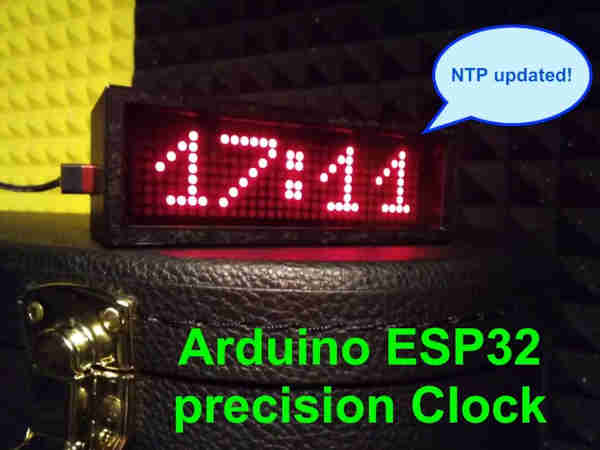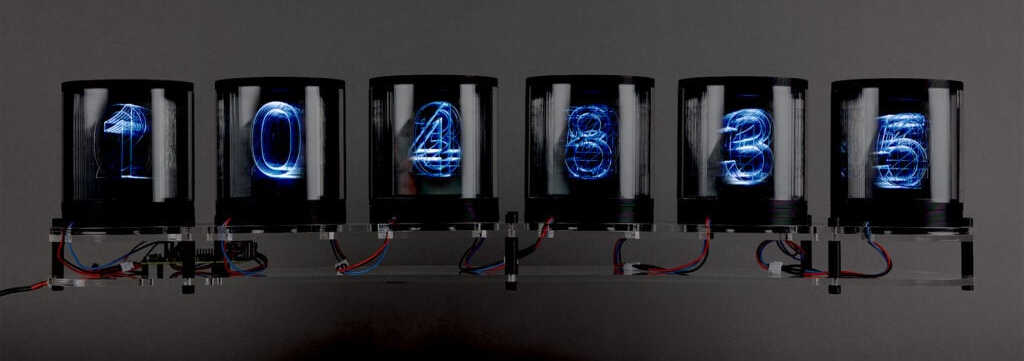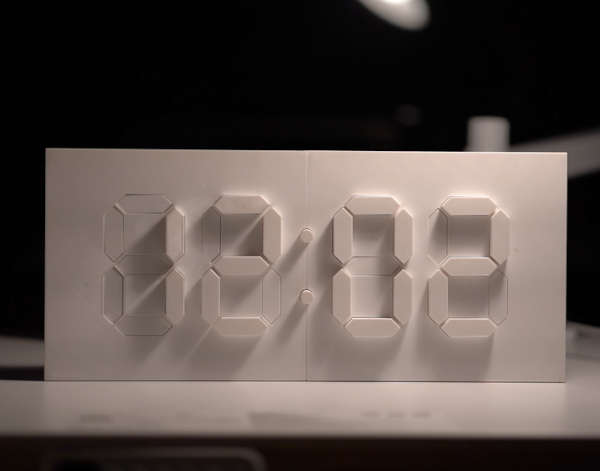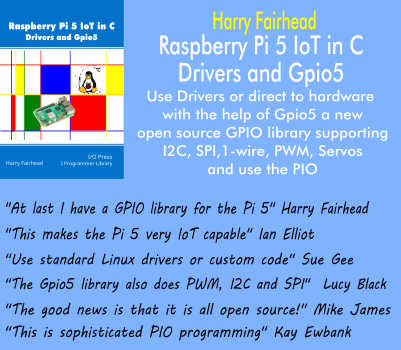| Clocks For The New Year 2024 |
| Written by Harry Fairhead |
| Tuesday, 31 December 2024 |
|
What could be a better time to indulge my interest in clocks? Digital clocks, that is, but with a twist on how they present the time. So in the countdown to the rollover lets clock...
My first clock isn't particularly flashy or impressive, but it does scratch a deep need - a minimal SNTP-synchronized clock that you can trust. Marco Zonca used an ESP32 to implement a particularly simple digital clock. The time is synchronized via a WiFi connection using SNTP servers, so no need to worry about picking up LF time signals. The display is a simple 8x8 LED display but it is easy to change it for something else. Three buttons to allow the user to manually setup the time if the internet fails and an LDR to allow for auto-brightness control and that about covers the hardware. A simple Bluetooth interface is used to set the WiFi and time servers to use. There was no need to create a special app to set the time over the Bluetooth connection as a general Bluetooth utility is used to send a standard text format message to the clock to set the data - this is something I have never considered doing but will do in the future! The files for the PCB and the case are available to download along with the C code. Of course one huge advantage of this DIY approach is that you can be sure that it isn't contacting some server that a company can switch off and brick your clock. Now this is stylish. In place of luminous LED segment displays it uses solid segments that are moved in and out using servos. It isn't a completely original idea but a re-implementation of Kinetic & Digital Clock. This is very pretty, but I have to admit that it isn't going to be much use as a bedside clock or in a dark place. The idea is fairly simple. Use a 3D printer to print the part and use 28 servos to actuate them - wait! Really? Twenty eight servos! Yes seven servos per digit and four digits. The processor is an Arduino Mega plus an RTC clock module. Personally I'd have used an ESP32 which has a built-in RTC clock. I have to admit that Nixie tubes occupied far to much of my time back in the day and I'm one of the many people still nostalgic about the way that the look in operation. Trouble is that they are in short supply and they burn out after a while, so you need a source that isn't going away. This particular clock uses LEDs to light the edges of engraved acrylic to mimic Nixie tubes:
You can find out more about how to build it at It’s not a Nixie clock, it’s a Pixie clock. The clever digital part is the use of a NeoPixel strip to simplify the control of the display. No need for a huge XY matrix of connections - it's all serial.
More InformationArduino Nano ESP32 LED matrix precision clock It’s not a Nixie clock, it’s a Pixie clock Related ArticlesA Clock For 2023 - Too Good To Miss Twenty Four Clocks To Make A Clock To be informed about new articles on I Programmer, sign up for our weekly newsletter, subscribe to the RSS feed and follow us on Twitter, Facebook or Linkedin.
Comments
or email your comment to: comments@i-programmer.info |
| Last Updated ( Tuesday, 31 December 2024 ) |





